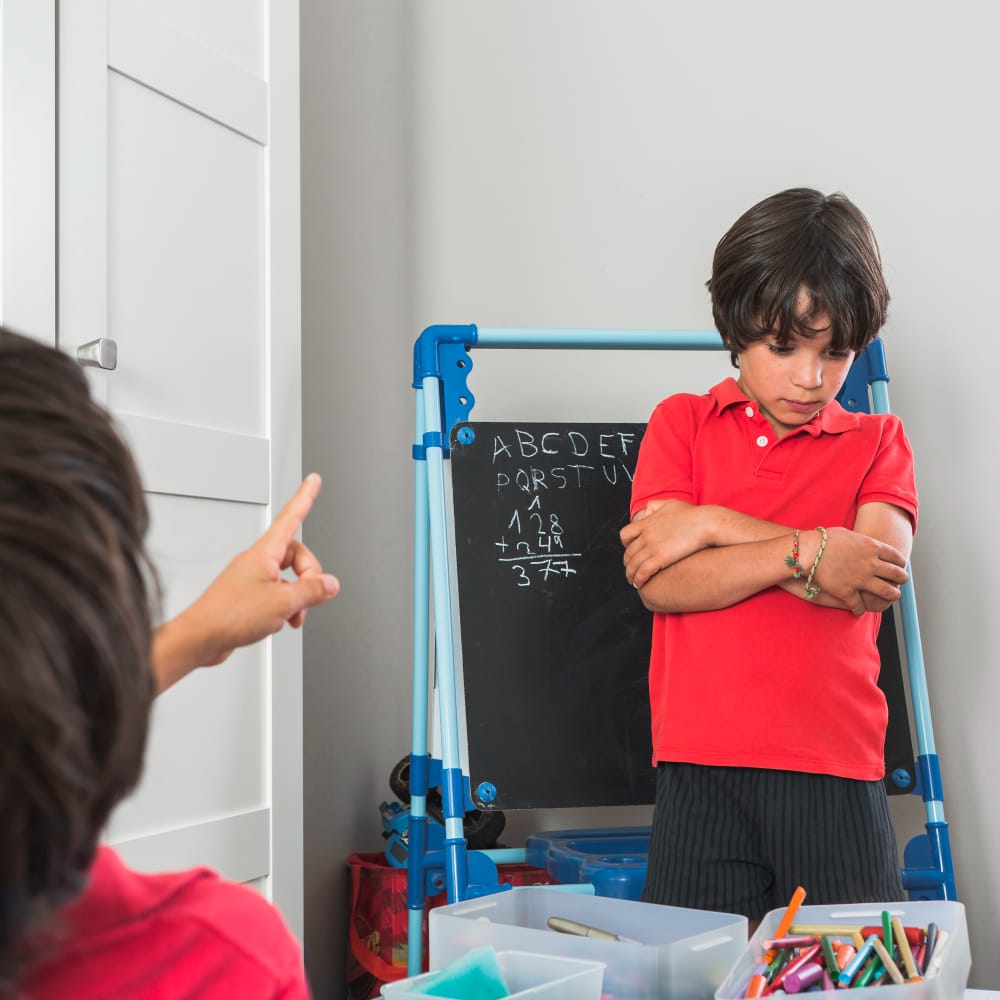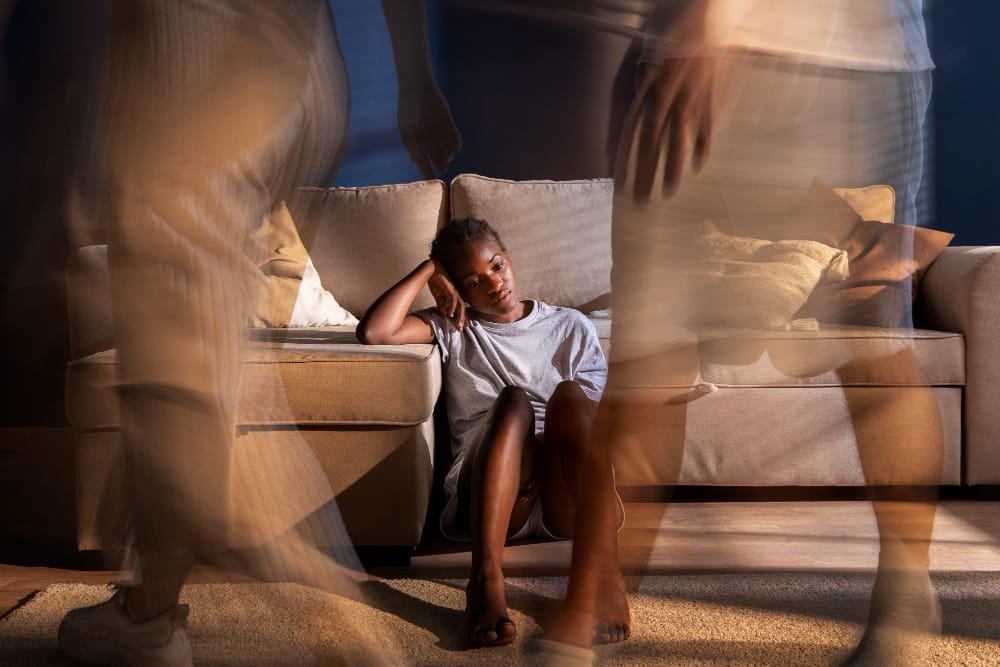
Violent behaviour in schools has undoubtedly increased in recent decades. For a short period following the Morne Harmse (Samurai sword killer) case things seemed to have calmed down and education specialists and teachers were all keeping their fingers crossed, hoping that was the last violent attack – but recent incidences of violence suggest that we might have been getting our hopes up a little prematurely.
In a recent study only 23% of South African children interviewed reported that they feel safe at school. 40% of the children claimed that they had been victims of crime at school and official reports suggest that more than a fifth of sexual assault had taken place at school.
The sad fact is that our schools merely mirror what is happening in our communities. We cannot separate the behaviour of our children from the families, peer groups and communities in which they function outside of school. In fact, learners who are discovered to be carrying weapons with them to school often claim that the weapons are for self-protection on the street, on their way to and from school. But why is this violence manifesting so prominently in our schools? Because even though anti-social and violent behaviour is learnt outside of school, it is perpetuated inside the schools when schools fail to deal effectively with this unwanted behaviour.
So what lies at the root of this violent behaviour?
* Poor academic performance. We know that reading difficulties, low IQ scores and attention problems (especially in boys) may all predict persistent anti-social conduct as the child moves through school.
* Early aggressive behaviour: The earlier in a child’s life they display aggressive behaviour the worse the prognosis for future acts of aggression and violence.
* A harsh, autocratic parenting style might lead to aggression in children.
* Exposure to violent TV programmes and TV games.
* A poor attachment relationship to parents.
* Less than ideal home circumstances where children are constantly exposed to physical and sexual abuse, substance abuse, gangsterism, a high population density, poverty and crime. Research has also shown that an abusive home environment can inhibit the development of social cognitive skills in children so that they may not, for instance, be able to correctly interpret others’ intentions.
Violence in schools can only be addressed successfully if we stand up to the violent and aggressive behaviour in our own communities. It is up to all of us to implement the following preventative measures:
* We have to all be aware of what is being flashed across our screens on a daily basis and we have to make a concerted effort to reduce the amount of violence our children are exposed to through popular media.
* We have to teach our children conflict resolution skills, impulse control and focus on developing their empathy.
* We all have to guard against bullying, bot in our homes and in our schools. The perpetrators of violence in schools often report being bullied, harassed or humiliated by peers or teachers.
* It is up to all of us to support the local police in combating gang violence specifically and violent crime in general.
* We need to be aware of the quality of our family relationships and of how our parenting styles influence these relationships.
* We need to become more involved in our children’s schools and learning.
* We need to identify at risk students early on and initiate academic tutoring and remedial programmes for them, both to help improve their academic performance and to protect their self-esteem.
* We need to eliminate the oppressive ethos that reigns at most schools and replace it with a democratic one. Replace inefficient teachers with professional teachers who are on time and ready to teach and ensure that our schools already have policies in place to deal with minor eventualities as they arise.
Related articles:
Better Parenting – How to move to a democratic parenting style
How to become more involved in your child’s education
Why parental involvement is important



